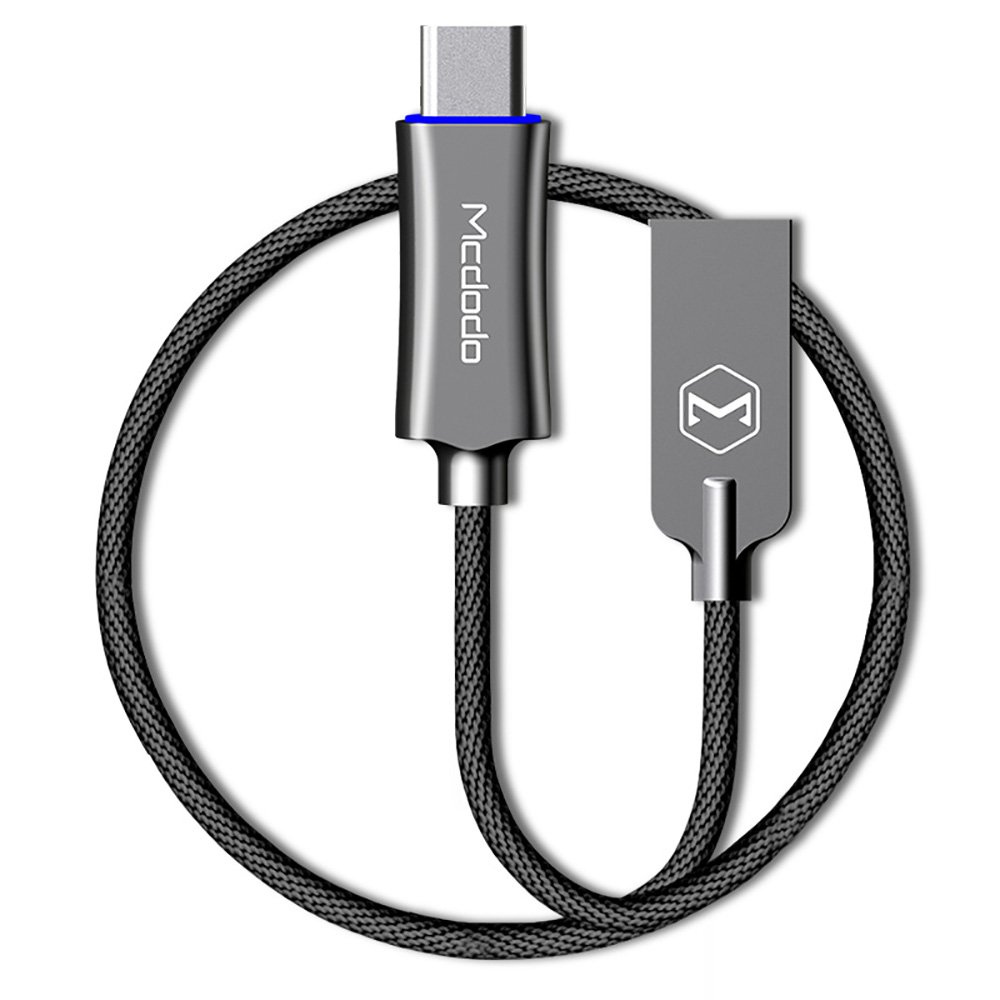If you’re facing Bluetooth connectivity issues on your Mac, here’s what you need to know.
Toggle Bluetooth Off and On
![]()
1. Click on the Bluetooth icon in the menu bar, usually located in the top-right corner of your screen.
2. If the Bluetooth icon is not visible, go to System Preferences > Bluetooth.
3. In the dropdown menu, select “Turn Bluetooth Off” to disable Bluetooth.
4. Wait a few seconds, then click on the Bluetooth icon again or select “Turn Bluetooth On” to re-enable it.
5. If Bluetooth still isn’t working, try resetting the Bluetooth module by holding down the Shift + Option keys and clicking on the Bluetooth icon in the menu bar.
6. From the dropdown menu, select “Reset the Bluetooth Module” and follow any additional prompts.
7. If the issue persists, you may need to re-pair your Bluetooth devices. Refer to the manufacturer’s instructions for your specific device on how to do this.
Disconnect USB Devices and Remove Interference

To troubleshoot Bluetooth connectivity issues on your Mac, start by disconnecting any USB devices that may be causing interference. Sometimes, USB devices can disrupt the Bluetooth signal, leading to connectivity problems. Remove all USB devices connected to your Mac, except for your mouse and keyboard, and then test the Bluetooth connection. If the issue persists, consider checking for other sources of interference such as cordless phones, baby monitors, or microwaves. These devices operate on the same ISM radio band as Bluetooth and can disrupt the signal.
Moving them away from your Mac or turning them off temporarily may help resolve the issue. Additionally, check if any nearby wireless devices such as AirPods or other wireless keyboards are causing interference. Lastly, ensure that your macOS is up to date and that Bluetooth is enabled in System Settings.
Restart Mac and Reset the Bluetooth Module
To troubleshoot Bluetooth connectivity issues on your Mac, try restarting your Mac and resetting the Bluetooth module. Here’s how:
1. Restart your Mac by clicking on the Apple menu in the top-left corner of your screen and selecting “Restart.”
2. Once your Mac is back on, go to the Apple menu again and select “System Preferences.”
3. In the System Preferences window, click on “Bluetooth.”
4. Locate your Bluetooth device in the list and click on the “X” button next to it to remove it.
5. Now, press and hold the Shift + Option keys on your keyboard and click on the Bluetooth menu icon in the top-right corner of your screen. From the dropdown menu, select “Debug” and then “Remove all devices.”
6. Restart your Mac again.
7. After your Mac has restarted, go back to the Bluetooth menu icon and select “Turn Bluetooth On.”
8. Now, follow the instructions to re-pair your Bluetooth device with your Mac.
Delete Bluetooth Preferences and Maintenance Scripts
1. Open Finder and click on the “Go” menu at the top of the screen.
2. Hold down the “Option” key on your keyboard and click on “Library” in the dropdown menu.
3. In the Library folder, locate and open the “Preferences” folder.
4. Look for any files that start with “com.apple.Bluetooth” and move them to the Trash. These files store your Bluetooth preferences.
5. Next, go back to the Library folder and open the “LaunchAgents” folder.
6. Look for any files that start with “com.apple.bluetooth” and move them to the Trash. These files are the Bluetooth maintenance scripts.
7. Empty the Trash to permanently delete the files.
By deleting Bluetooth preferences and maintenance scripts, you can potentially resolve any issues with Bluetooth connectivity on your Mac.
Check for Software Updates and Power Cycle
To troubleshoot Bluetooth issues on your Mac, there are two important steps to take: checking for software updates and power cycling.
First, make sure your Mac’s operating system is up to date by going to the Apple menu and selecting “Software Update”. Install any available updates and restart your computer if prompted. This can often resolve compatibility issues and improve overall Bluetooth performance.
Next, power cycle your Mac and any Bluetooth devices you’re trying to connect. To do this, shut down your Mac and also turn off your Bluetooth devices. Leave them powered off for about 30 seconds, then turn them back on. This can help reset any temporary glitches or connection problems.
Explore Alternative Connection Methods and Dongles

- Check if the Mac has built-in Bluetooth capabilities
- Open the Apple menu by clicking on the Apple logo in the top-left corner of the screen
- Select “About This Mac” from the drop-down menu
- Click on the “System Report” button
- In the left sidebar, under the “Hardware” section, click on “Bluetooth”
- Look for the “Bluetooth Low Energy Supported” field
- If it says “Yes,” the Mac has built-in Bluetooth capabilities
- If it says “No,” the Mac does not have built-in Bluetooth capabilities and an external solution is needed

- Consider using a USB Bluetooth dongle
- Purchase a USB Bluetooth dongle from a reputable retailer
- Insert the USB dongle into an available USB port on the Mac

- Wait for the Mac to recognize the dongle and install any necessary drivers
- Once the dongle is successfully installed, follow the manufacturer’s instructions to pair your Bluetooth devices
- Investigate other wireless connection options
- Check if the Mac supports Wi-Fi Direct or AirDrop for wireless file sharing
- Refer to the Mac’s user manual or Apple’s official website for information on alternative wireless connection methods
- Research and consider using other wireless technologies, such as infrared or radio frequency (RF) connections
- Consult with an authorized Apple service provider for advice on compatible wireless solutions
FAQ
Why is my Mac not receiving Bluetooth files?
Your Mac may not be receiving Bluetooth files if the other device is not Bluetooth enabled, turned on, or within range. Additionally, ensure that your computer is connected with the other device by checking the Bluetooth settings in the System Preferences menu.
Why is Bluetooth not finding devices?
Bluetooth may not be finding devices because the Discoverable option is not enabled.
How do I reset my Bluetooth on my Mac?
To reset Bluetooth on your Mac, press and hold the Shift and Option keys, then click the Bluetooth icon in the menu bar. From there, select the option that says “Reset the Bluetooth module.” On older versions of macOS, go to the Debug menu and choose “Reset the Bluetooth module.”
Why is my Bluetooth not working on Macbook?
Your Bluetooth may not be working on your Macbook because there could be interference or a software issue. Try disconnecting all USB devices, such as keyboards, mice, and external drives, and then reboot your Mac. After a few minutes, reconnect the USB devices and see if it restores the Bluetooth connection.

